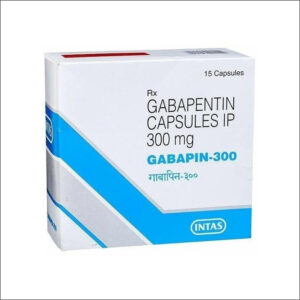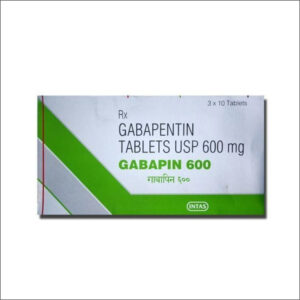The rising cost of prescription drugs has become a major concern in the healthcare system, affecting millions of patients who rely on medication for chronic conditions, acute illnesses, and overall well-being. Over the past decade, pharmaceutical prices have skyrocketed, leading to financial strain on families, insurance providers, and government healthcare programs. This ongoing crisis has prompted discussions on healthcare policy reforms aimed at making medications more affordable and accessible to all.
The Scope of the Prescription Drug Cost Crisis
Prescription drug prices in the United States are among the highest in the world. Patients with conditions such as diabetes, cancer, and heart disease often struggle to afford life-saving medications. For example, the price of insulin has tripled in the last decade, forcing some patients to ration their doses—a dangerous practice that can lead to severe health complications.
Several factors contribute to rising prescription drug costs, including:
Patent Protections & Limited Generic Competition: Brand-name drugs often hold exclusive patents for years, preventing lower-cost generics from entering the market.
Pharmaceutical Pricing Strategies: Drug manufacturers set their own prices, sometimes increasing them annually without justification.
Insurance Coverage Gaps: Many insurance plans do not cover all prescription drugs, leaving patients to pay out-of-pocket.
Middlemen & Pharmacy Benefit Managers (PBMs): The complex supply chain, including PBMs, wholesalers, and retailers, adds layers of costs to medications.
The Impact on Patients and Healthcare Systems
The high cost of prescription drugs affects multiple aspects of the healthcare system, including:
Patient Health Outcomes
Many patients skip doses or discontinue medications due to affordability, leading to worsening health conditions.
Poor medication adherence contributes to increased hospitalizations and emergency room visits.
Financial Burden on Families
Out-of-pocket drug expenses force families to choose between purchasing medications and other necessities like food and rent.
High costs disproportionately affect seniors and low-income individuals who rely on fixed incomes.
Strain on Government and Insurance Programs
Medicare and Medicaid spend billions annually on prescription drugs, increasing pressure on taxpayers.
Private insurance companies pass high drug costs onto consumers through higher premiums and co-pays.
Ongoing Healthcare Policy Reforms
In response to growing concerns, policymakers are proposing healthcare policy reforms to address prescription drug affordability. Some of the most discussed solutions include:
Allowing Medicare to Negotiate Drug Prices
Currently, Medicare is prohibited from negotiating prices directly with drug manufacturers.
Proposed legislation aims to give Medicare bargaining power to lower costs for seniors.
Capping Out-of-Pocket Expenses
Some states and federal proposals aim to limit insulin costs to $35 per month.
Caps on drug prices would protect patients from extreme price hikes.
Encouraging Generic and Biosimilar Competition
Policies promoting faster FDA approval of generic drugs can increase competition and lower costs.
Expanding access to biosimilars (cheaper alternatives to biologic drugs) can also reduce expenses.
Regulating Pharmacy Benefit Managers (PBMs)
PBMs negotiate drug prices on behalf of insurance companies but often keep rebates instead of passing savings to consumers.
New regulations would require PBMs to increase transparency and lower drug costs.
Importing Prescription Drugs from Other Countries
Countries like Canada and the UK offer significantly lower drug prices.
Some states are pushing for safe drug importation programs to provide affordable options.
Challenges in Implementing Reform
While these proposed reforms could lower drug costs, there are significant challenges in implementing them:
Pharmaceutical Industry Opposition: Drug manufacturers argue that price controls could limit innovation and slow down the development of new medications.
Political Gridlock: Healthcare reform is often met with resistance from lawmakers with differing priorities.
Complex Supply Chain Issues: Addressing pricing involves multiple stakeholders, making reform difficult.
Conclusion
Prescription drug affordability remains a pressing issue in healthcare policy discussions. Rising medication costs have created financial hardships for millions of Americans and increased the strain on the healthcare system. While various reform proposals aim to reduce prices and improve accessibility, achieving meaningful change requires policy action, industry cooperation, and public advocacy. As discussions continue, finding a balance between affordability and innovation will be key to ensuring that all patients have access to life-saving medications without financial hardship.






